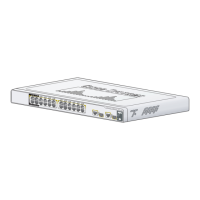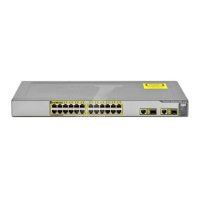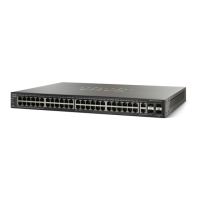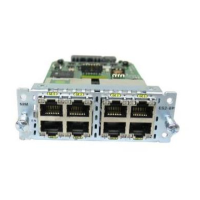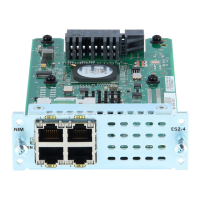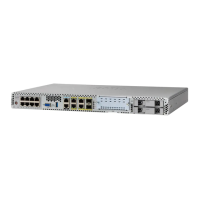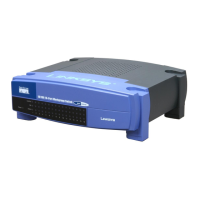Configuring Spanning Tree
Defining Spanning Tree Interface Settings
ESW 500 Series Switches Administration Guide 267
11
• Bridge ID — Identifies the Bridge Priority and MAC address.
• Root Bridge ID — Identifies the Root Bridge priority and MAC address.
• Root Port — Indicates the port number that offers the lowest cost path from
this bridge to the Root Bridge. It is significant when the Bridge is not the Root.
• Root Path Cost — The cost of the path from this bridge to the root.
• Topology Changes Counts — Indicates the total amount of STP state changes
that have occurred.
• Last Topology Change — Indicates the amount of time that has elapsed since
the bridge was initialized or reset, and the last topographic change occurred.
The time is displayed in a day hour minute second format, for example, 2 days
5 hours 10 minutes and 4 seconds.
STEP 2 Define the relevant fields.
STEP 3 Click Apply. STP is enabled, and the device is updated.
Defining Spanning Tree Interface Settings
Network administrators can assign STP settings to specific interfaces in the STP
Interface Settings Page
.
To assign STP settings to an interface:
